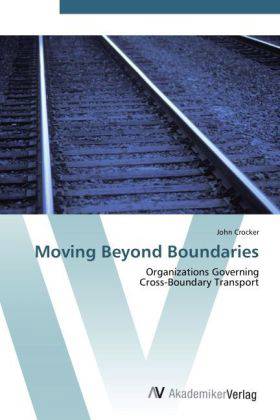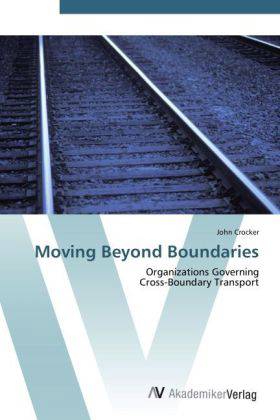
Bedankt voor het vertrouwen het afgelopen jaar! Om jou te bedanken bieden we GRATIS verzending (in België) aan op alles gedurende de hele maand januari.
- Afhalen na 1 uur in een winkel met voorraad
- In januari gratis thuislevering in België
- Ruim aanbod met 7 miljoen producten
Bedankt voor het vertrouwen het afgelopen jaar! Om jou te bedanken bieden we GRATIS verzending (in België) aan op alles gedurende de hele maand januari.
- Afhalen na 1 uur in een winkel met voorraad
- In januari gratis thuislevering in België
- Ruim aanbod met 7 miljoen producten
Zoeken
Moving Beyond Boundaries
Organizations Governing Cross-Boundary Transport
John Crocker
Paperback | Engels
€ 68,45
+ 136 punten
Omschrijving
Revision with unchanged content. As global demand for goods and travel increases, there is an increasing need for the cross-border transport services and the physical infrastructure - roads, bridges, and rail-lines - to meet that demand. From the European experience with implementation of the Trans-European Transport Network to U.S. metropolitan areas trying to construct regional public transport systems, governments at all levels and sizes are faced with the challenge of cross border transport demand. This book examines the experience of operating transport services and constructing transport infrastructure across political boundaries at various levels of government from U.S. local boundaries, to between U.S. States, to between the member-states of the European Union. This experience suggests that there are common types of organizational arrangements to deliver cross border transport infrastructure and services. This experience will be useful to individuals in transport planning, engineering, economics, and logistics investigating how to meet the growing demand for cross border transport.
Specificaties
Betrokkenen
- Auteur(s):
- Uitgeverij:
Inhoud
- Aantal bladzijden:
- 152
- Taal:
- Engels
Eigenschappen
- Productcode (EAN):
- 9783639433784
- Verschijningsdatum:
- 28/06/2012
- Uitvoering:
- Paperback
- Afmetingen:
- 152 mm x 229 mm
- Gewicht:
- 231 g

Alleen bij Standaard Boekhandel
+ 136 punten op je klantenkaart van Standaard Boekhandel
Beoordelingen
We publiceren alleen reviews die voldoen aan de voorwaarden voor reviews. Bekijk onze voorwaarden voor reviews.









